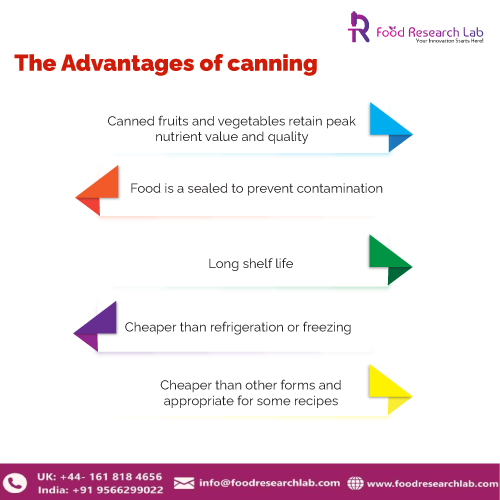
Canning Preservation Technique
Canning is a process of preserving food from deterioration by keeping it in hermetically sealed vessels subsequently sterilized with heat.
Filling cans is done automatically by machines; cans are filled with solid contents and, in many cases, a matching liquid (brine or syrup) to replace as much air as possible in the can. The filled cans are then conveyed through a hot-water or steam bath in an exhaust box. The heat expands the food and forces out the residual air, resulting in a partial vacuum within the container after sealing, heat sterilizing, and chilling. Certain items are vacuum-packed, which involves specially developed vacuum-can sealing devices manually exhausting the cans.
The cans are immediately closed and sealed when used up; a machine inserts the cover on the can, the curl on the can cover, and the flange on the can body rolled into place and then flattened together. To ensure an airtight seal, the thin coating of the sealing compound initially contained in the rim of the cover is spread between the metal layers. The sealed cans are next sterilized, which means they are heated to high enough temperatures for a long enough period to kill any remaining bacteria in the food. High-pressure steam kettles, or cookers, heat the food at temperatures typically about 240° F (116° C). The cans are then allowed to cool.






